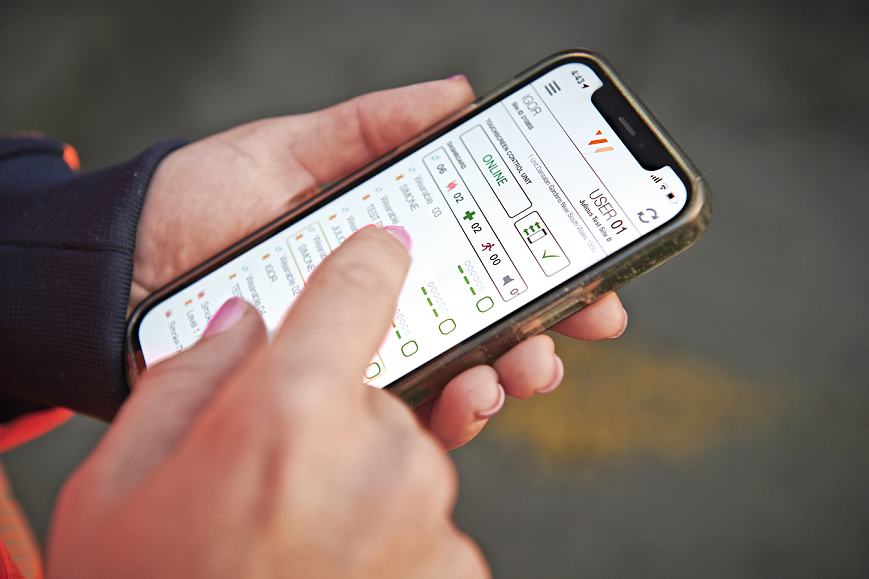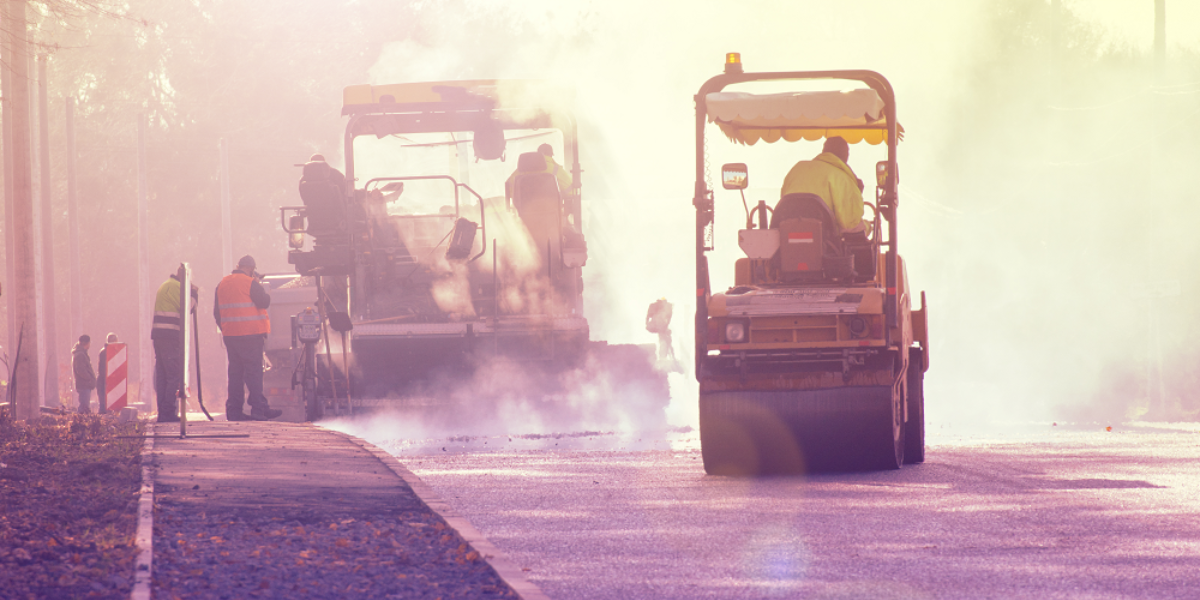The Northern Hemisphere has sweltered through its hottest summers ever measured with a record of brutal and deadly temperatures, according to the World Meteorological Organisation. As the Southern Hemisphere prepares for summer, it's predicted that it will experience the same weather. The extreme heat poses a growing health risk for outdoor workers. What can your business do to protect them?
Extreme heat poses significant risks to the health and well-being of outdoor workers, and as global temperatures continue to rise due to climate change, protecting workers from heat-related illnesses becomes increasingly crucial. In this blog, we will explore the importance of safeguarding workers from extreme heat, discuss the risks associated with heat exposure, and provide practical strategies for employers and employees to ensure workplace safety during hot weather conditions.
In the face of these daunting challenges, personal alarms and wearable medical devices have emerged as potential lifesavers. These cutting-edge devices are designed to capture the unique nature of human health and can provide real-time, actionable insights to save lives. By alerting individuals and their supervisors to potential health risks, they act as a frontline defense for worker safety, revolutionising the dynamics of industrial workspaces. The role of these silent guardians is becoming increasingly crucial as we navigate a future plagued by escalating heat. It is projected that there will be over 50 additional scorching days annually, resulting in 450,000 heat-related injuries each year by 2050.
Working in extreme heat takes a toll on industrial workers, both physically and psychologically. Physically, the strain of maintaining an optimal internal temperature during work pushes our bodies to their limits. This strain, combined with the stress of extreme heat, can unravel, leading to health issues ranging from mild heat cramps to unconsciousness and potentially deadly heatstroke. For every 1-degree Celsius increase in temperature, there is a 3 percent decrease in efficiency and a 1 percent increase in injuries.
Used in conjunction with a nurse call system, evacuation system, and other manual call points that help raise an alert in an emergency, businesses can rest assured that their workers are protected in what's predicted to be ever challenging times.
Understanding the Risks
Heat-Related Illnesses:
Extreme heat can lead to a range of heat-related illnesses, including heat exhaustion and heat stroke. These conditions can be life-threatening if not promptly addressed. Symptoms may include dizziness, nausea, confusion, rapid heartbeat, and, in severe cases, loss of consciousness.
Dehydration:
Prolonged exposure to high temperatures can cause excessive sweating, leading to dehydration. Dehydration not only impairs physical and cognitive performance but also increases the risk of heat-related illnesses.
Reduced Productivity:
Workers exposed to extreme heat are likely to experience reduced productivity due to discomfort, fatigue, and the need for frequent breaks to cool down. This can negatively impact both individual job performance and overall workplace efficiency.
Long-Term Health Effects:
Chronic heat exposure can have long-term health consequences, including an increased risk of cardiovascular problems and kidney diseases. Workers in certain industries, such as agriculture and construction, are particularly vulnerable to these health risks.
As soon as it's detected that a worker is in distress, a nurse call alarm, personal alarm, or medical alert should be raised immediately. Vanguard Wireless offer a range of manual call point options for workers to use to alert the rest of the team quickly, with clear indication of what action is required and where.
Protecting Workers from Extreme Heat
Adequate Training:
Employers should provide comprehensive training to workers on recognising the signs of heat-related illnesses and the importance of hydration. Workers must also understand the company's heat safety policies and procedures.
Monitoring Weather Conditions:
Regularly monitoring weather forecasts and heat advisories can help employers plan work schedules more effectively. When extreme heat is expected, employers should consider adjusting work hours, providing shade, and allowing more frequent breaks.
Providing Adequate Water:
Employers should ensure that clean and cool drinking water is readily available to workers at all times. Encourage workers to drink water regularly, even if they don't feel thirsty, to prevent dehydration.
Rest and Shade:
Providing shaded rest areas or allowing workers to take breaks in cooler environments is essential. Heat stress can be reduced significantly by taking short, frequent breaks in the shade.
Personal Protective Equipment (PPE):
Workers may need specific PPE, such as lightweight, breathable clothing, wide-brimmed hats, and sunglasses, to protect themselves from the sun's harmful effects. Employers should supply and encourage the use of appropriate PPE.
Wearable nurse call triggers, personal alarms, and safety pendants can also be considered as PPE. These devices enable the worker to trigger an alert when they are in distress, which is then shared with the rest of their team. Some can proactively detect serious medical issues like a spike in body temperature. Vanguard Wireless wearables can be used in conjunction with the worker's smartphone, which then connects with the wider business nurse call and evacuation system.
Heat Stress Policies:
Employers should establish clear policies and procedures for dealing with heat-related emergencies. This includes ensuring that workers know how to seek help if they or their colleagues are experiencing heat-related symptoms.
Introduce Technology Into Your Emergency Planning
Protecting workers from extreme heat is a moral and legal obligation for employers. By implementing proactive measures to mitigate heat-related risks, employers can create safer working environments and maintain a more productive workforce.
Vanguard Wireless offer a suite of nurse call alert and evacuation alert triggers and sirens that can be tailored by businesses to complement existing emergency alert planning. These manual call points, sirens, lights, smartphone app notifications, SMS messages, wearable nurse call triggers, and smoke detectors ensure every business - regardless of size or location - can use smart yet simple technology to make their worksites (and workers) safer.
Governments, labour organisations, and businesses should collaborate to raise awareness about heat-related illnesses and enforce regulations that prioritise worker safety. Together, we can combat the growing threat of extreme heat and ensure the well-being of all workers, regardless of the weather conditions they face on the job.


